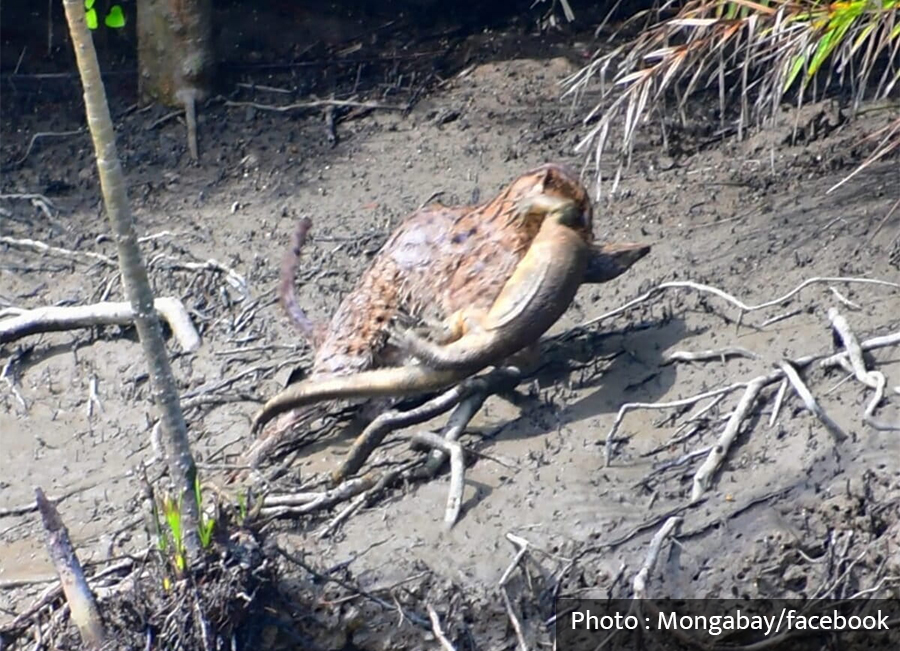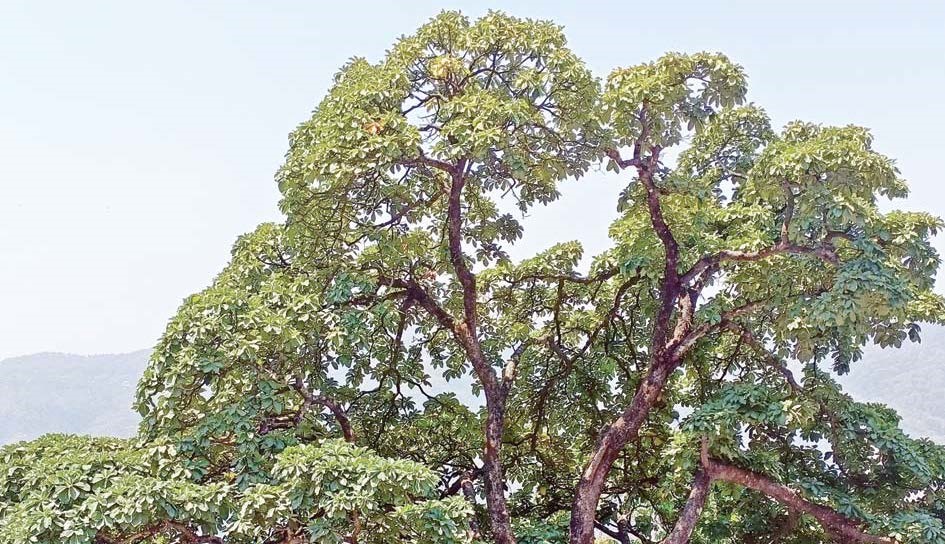
Some 17 years ago, Dinesh Chepang, 39 from Silinge of Raksirang-6 in Makawanpur used to see his grandfather indulge in chiuri farming. Chepang says his grandfather took care of the chiuri trees like it was his babies.
“He harvested different parts and we even ate its seeds. I remember him extracting ghee (clarified butter) from it. He was so adamant about conserving these trees,” says Chepang.
As time passed, the family’s interest in the chiuri trees they once cherished dwindled, and sadly, these trees gradually disappeared. Alternately, Chepang developed a strong passion for beekeeping. However, there was a noticeable decline in honey harvest recently, leaving Chepang and others from the community baffled as they could not pinpoint the cause initially.
Eventually, they realised that the decrease in honey production was directly linked to the decline in chiuri trees in the area.
Now, the locals are getting back to their roots. Realising the importance of the trees they once did not have much regard for, residents in Silinge have taken proactive steps to incorporate cultivation plans for these trees into their activities.
“Our focus is on establishing a sustainable ecosystem that facilitates planting, harvesting, and trading, creating better income opportunities for the community,” says Chepang who adds everyone in the area is now pivoting towards planting and preserving chuiri trees.
“I now get why my grandfather was so adamant about saving these trees,” says Chepang.
Benefits galore, but ignored
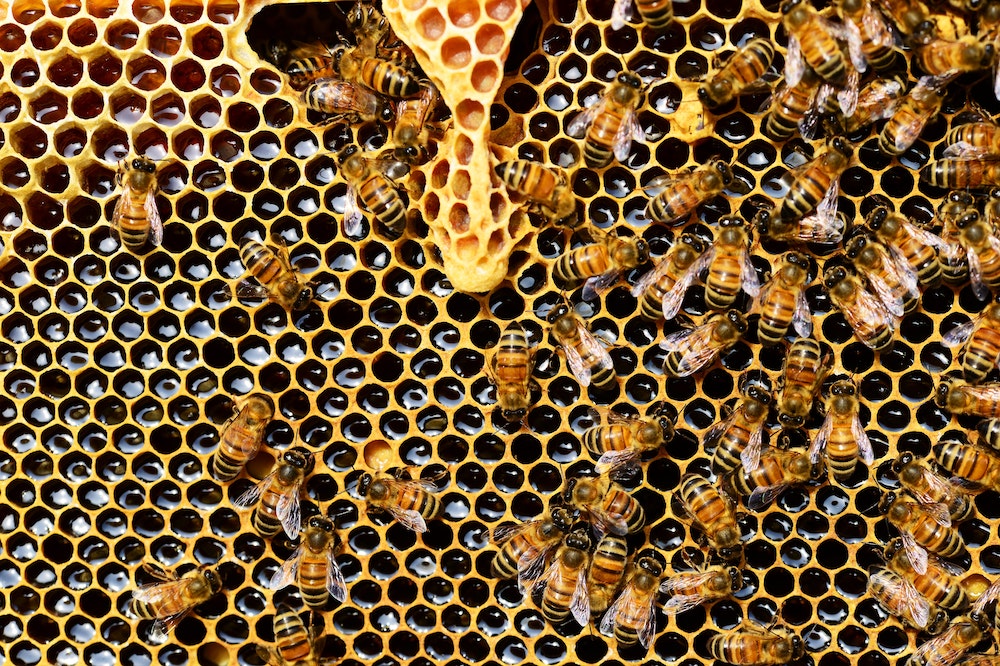
The chiuri trees grow somewhere between 20 to 25 metres in height and are usually seen growing in areas between 300 to 1,500 metres above sea level.
In Nepal, it is commonly seen in Makawanpur, Chitwan, Dhading, Jajarkot, and Dadheldhura districts with several pockets richer in number. There have been four sub-species of the plant identified in the country. The species share a deep bond with the Chepang communities that reside in these areas too.
“The community used to give chiuri trees as dowry to their daughters. But with the changing times, perspectives and the decreasing number of trees, the tradition has been irregular,” says Dinesh Chepang.
The dowry tradition, he says, was set in place because of the many benefits of the chiuri or butter tree (Diploknema Butyracea).
Bishnu Prasad Acharya, Divisional Forest Officer Rapti, has been an advocate to talk about chiuri and its importance to not just the Chepang community but to humankind. Acharya says that these trees have numerous benefits.
“Its seeds are rich in oil content and are used to produce chiuri ghee. It is used for cooking, used as a lubricant or moisturiser, and can serve as a base for cosmetics due to its high protein and essential fatty acids content (about 55 per cent).”
Acharya says the fruit produced from the tree is juicy and nutritious as well.
There are lots of benefits. The seeds can be eaten as they are very nutritious, and they can be used to make other food items too even local alcoholic beverages not just humans, animals, birds and insects are also fond of this.
“Bats and bees are particularly fond of its seed and nectar. While they are the best pollinator for the chiuri tree too,” says Acharya.
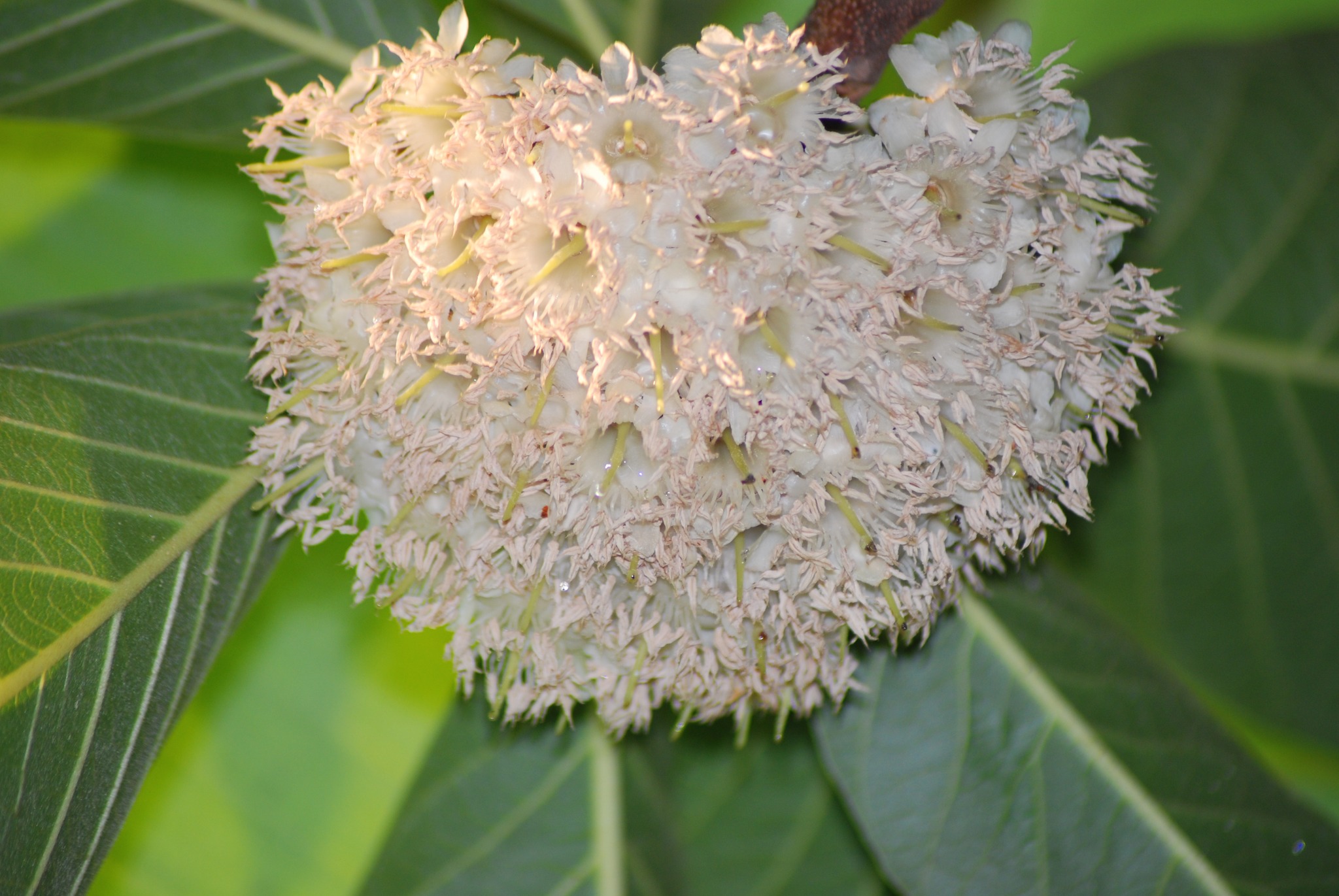
But, in unparalleled events, where the community grew interested in beekeeping for honey, they had not connected the role of the bats in the ecosystem and were culturally and socially hunting down the bats, affecting the growth of the trees and the nocturnal animal.
However, he says, they are disseminating information about the importance of bats too and encouraging them to protect their numbers too.
Acharya says the leaves from these trees can be utilised to craft duna tapari (biodegradable baskets and plates) while the leftover parts can serve as fodder. Additionally, the wood obtained from these trees possesses strength and durability, making it a suitable material for crafting furniture, tools, and various other items.
Going beyond the direct uses of these species, Dinesh Chepang explains, “It is known to give more oxygen so it is naturally beneficial and its roots and leaves have more nitrogen too, making it a great fertiliser too. And any leftovers can be fodder for the livestock.”
The chiuri tree and its benefits have been deeply connected with the livelihood of the Chepang community. During the Panchayat era, the district administration had given the Chepang community responsibility to take care of the species too. But after the change in government, the change in mindset, the lack of ownership, the change in religion and the growing educational and economic opportunities shifted the priority.
Time for proactive awareness
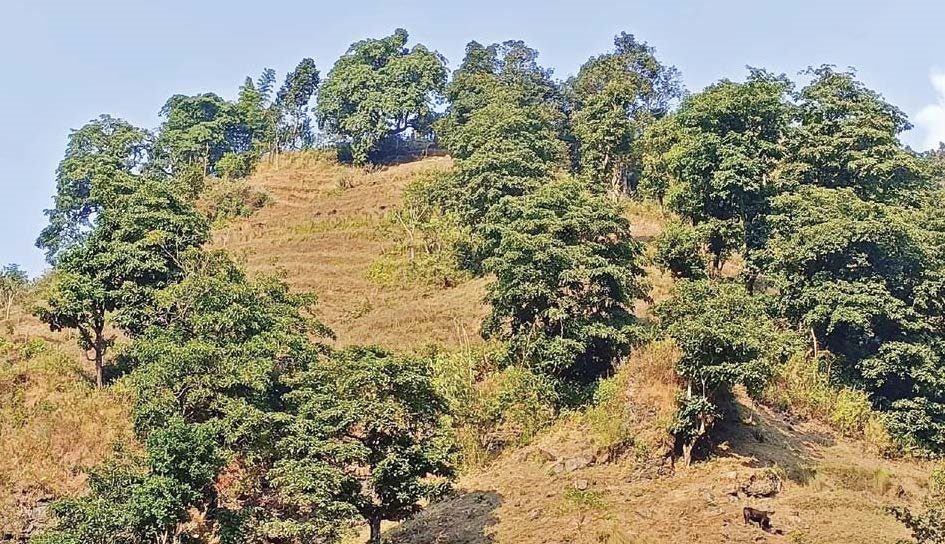
According to the Chepang community, there is many generation worth of knowledge linked to the species, including its uses, benefits and need for preservation. But it got lost somewhere.
“Now, many individuals, as well as the local government, are making efforts to bring back that awareness and revive proactive efforts to plant and conserve the chiuri plants and forests for a better future.”
Acharya sheds light on the opportunities and explains, “The priority shifted once, but now it is time to bring back the knowledge and be a part of the change. We are building awareness through school curriculum and local awareness programmes about the importance of chiuri trees and their conservation to bring back the glory.”
Many from the Chepang and other local communities got attracted to other income opportunities, and to bring them back, Acharya says, they need equally viable and better opportunities.
“We have been encouraging and advocating to the local and provincial government to make this a priority now. We have asked for the budget and programmes this fiscal year to bring about that very change,” says Acharya.
The local government is looking at wards 6, 7, and 8 already.
“But I am still pushing for the provincial government to take greater interest. And I am also working for a future where the sector gets a separate department to work on. We have estimated that if the programme gets some Rs 80 to Rs 100 million a year, with some 10 employees, in about just 10 years, we can see that,” says Acharya.
But, he stresses, not just government-level interest, going back to the golden age will require conservation efforts and ownership from the locals too.
“Efforts are being made to encourage the younger generation to engage in chiuri plantation and harvesting,” he says.
Locals are also being explained how the plants could help generate income. This campaign, Acharya believes, will encourage the community to take responsibility.
Connecting climate adaptation

To accelerate the plantation, Acharya wants to highlight how important the species is for the ongoing global efforts against climate change. He claims that the chiuri trees would be the best option for the community to protect itself as well as contribute to the initiative given its climate adaptation prowess.
“We do not have research to tell us if climate change has had an impact on the species in the area. But when we talk about climate adaptation, these trees are the best as they check all the boxes that benefit the community and the nation, in a rather shorter period. And that is what we are seeking too.”
With the rapidly increasing temperature, he says that the tree’s shade coverage is also higher and gives out higher oxygen.
“We can plant up to 120 chiuri saplings in 100 hectares (with a 10×10 coverage) or 600 (with a 6×6 coverage). And as it bears fruits rather fast, we can expect faster results as anticipated too.”
Chiuri forests are also great to give shelter to a wide variety of wildlife and encourage biodiversity in the area, he hints.
Other than that he adds, that the cascading effects can also be seen as, “In months where these trees do not give fruits, the community can engage in other fruits and vegetable farming, either in terraced/ layered form or in a cyclic nature.”
The roots of the chiuri trees spread wide controlling soil erosion, and conserving groundwater levels, and they give out ample nitrogen for other plants to foster as well. And the locals can add other income opportunities as well.
It can be further thought at a national level and very well be linked to ecotourism, green economy, and climate finance, he adds.





















